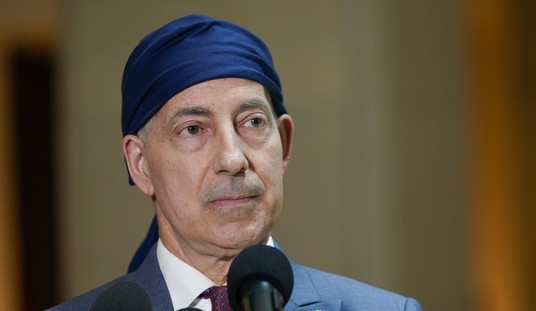Retailers, desperate to find ways to bring more people into their stores, tried the gimmick of opening on Thanksgiving night to give shoppers a head start on Black Friday. It was a dubious tactic that brought much criticism from both left and right for disturbing a truly family holiday while asking employees to abandon their families for a few hours in order to work.
Well, the gambit worked — sort of. Sales climbed a very modest 2.3%. But whether Black Friday actually blackened their bottom line is another story.
Retailers offered more and steeper deals on merchandise from flat-screen televisions to crockpots that, while luring shoppers, may ultimately hurt fourth-quarter earnings. Many consumers showed up prepared to zero in on their favored items while shunning the impulse buys that help retailers’ profits.
“You could get the same deals online as you could get in the store, and yet there were still a ton of people out there,” Charles O’Shea, a senior analyst at Moody’s Investors Service in New York, said in an interview. Going out to stores, “is part of the experience,” he said.
About 97 million people planned to shop online or in stores on Friday, with about 140 million intending to do so Thanksgiving through Sunday, the National Retail Federation said. That’s down from 147 million last year.
With more stores opening on Thanksgiving, sales were pulled forward from Friday, Bill Martin, ShopperTrak’s founder, said in a telephone interview. Sales on Friday fell 13.2 percent from last year, with foot traffic down 11.4 percent. Foot traffic for the combined Thanksgiving-Black Friday period rose 2.8 percent to more than 1.07 billion store visits, ShopperTrak said.
Consumers Responded“The consumers really responded to Thursday’s openings, actually more than anybody anticipated,” Martin said.
Jennifer Doval had an easier time getting to the stores for her Black Friday shopping this year at the Mall of America in Bloomington, Minnesota.
“It’s just quiet — I don’t know if it’s because it was open yesterday,” Doval, a 42-year-old stay-at-home mother from nearby Edina, said on Friday while shopping for clothes for her 12-year-old daughter and gifts for her parents. She arrived at 7 a.m. and was “shocked how empty the parking ramps were.’
The continued rise of e-commerce also may have kept some shoppers at home. Online sales rose 20 percent from last year on Thanksgiving and 19 percent on Black Friday, IBM Corp. said. Target Corp. (TGT) said it had twice as many online orders early on Thanksgiving morning as a year ago. Amazon.com Inc. lured shoppers by offering discounts as often as every 10 minutes during the holiday week.
My intrepid shopping reporter — my better half — went shopping in the middle of the night on Thanksgiving. She reported modest crowds and absolutely marvelous deals — 40-50% off quality stuff. The American shopper now expects these huge savings and has become smart enough to avoid the impulse buying that retailers count on and cherry pick the bargains.
The family is shopping with a plan, and she prepared by looking at retailers’ websites last week.
“You’ve got to know specifically what you want to buy,” said Suazo, who already had two Barbie dolls in her cart marked down to $8 from $20.
While traffic at the Mall of America was higher than last year, shoppers planned ahead of time where they were going and what they were buying, said Maureen Bausch, the mall’s executive vice president.
There was “a lot of mission shopping, and you don’t normally see that until later in the season,” she said.
That’s bad news for retailers, who normally get about 20 percent of their holiday sales from impulse purchases, said Marshal Cohen, chief retail analyst for NPD Group Inc.
With online shopping growing by leaps and bounds every year, cyber-retailers are figuring out how to drive traffic to their sites — pretty much the same way brick and mortar stores do it. Free shipping is a big draw and some of the discounts are incredible. I saw a 32″ LED HD TV for $229.
Some municipalities may ban Thanksgiving shopping next year. But that will only disadvantage businesses in their area. The only problem is that now, we have to come up with a clever name for the shopping day before Black Friday.









Join the conversation as a VIP Member